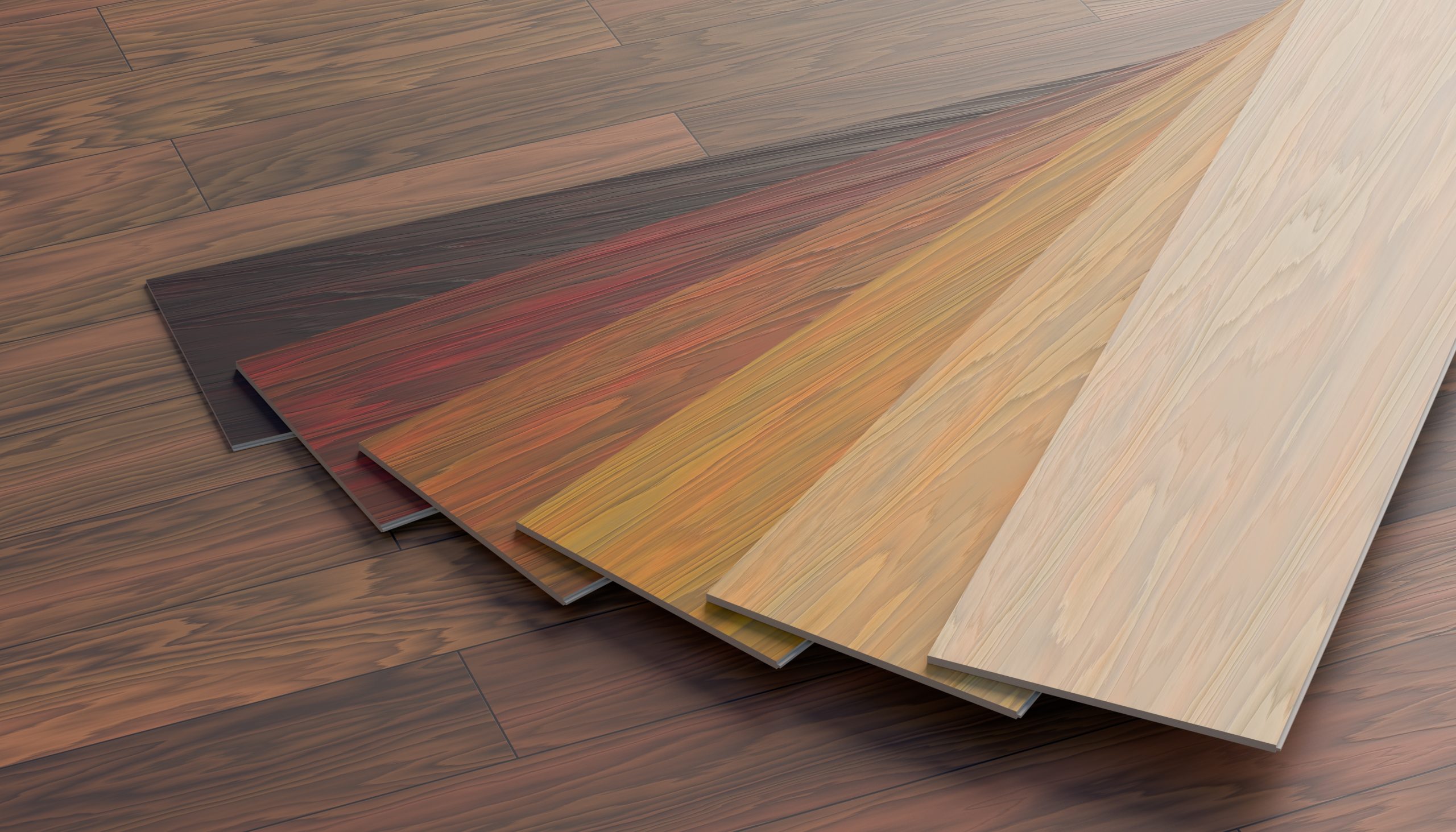Not too long ago, solid hardwood was the holy grail of flooring options. It’s attractive, durable, and sustainable. However, many other options have entered the competition, and some even for a better price tag.
Engineered vs. solid wood has been a popular debate amongst homeowners on which material will give them the best bang for their buck, while standing the test of time. Read further for some comparative and contrasting features of the two flooring options.
Solid wood flooring
Just as the name states, solid hardwood is nothing but pure wood. The thickness is typically ¾ of an inch and the standard width usually starts at 2 ¼ inches wide. Plank sizing can range from 5 inches – 11 inches wide.
25% of solid hardwood is unfinished, but most of the solid wood is pre-finished. This type of wood can be sanded numerous times but should be done with caution to preserve its structural integrity.
Solid wood flooring is installed by being nailed or stapled down. The durability of this wood can last for decades if well-maintained. However, any moisture that interferes with this hardwood can permanently damage it.
That is why it is not recommended to install hardwood in bathrooms and basements. Kitchen installation is possible, but it is recommended that waterproof mats be added by the sink and dishwasher areas.
The resale value of engineered vs. solid hardwood has been reported to equate to equal value.
Engineered wood flooring
The base of engineered wood is high-quality plywood with a thin slice of hardwood on top. The thickness ranges from 3/8 inch to ½ inch. The standard width stays around 3 ¼ inch and plank sizes start at 5 inches wide.
Almost all engineered wood floors are pre-finished. These floors can be sanded but only once or twice before that thin hardwood layer wears away.
Engineered flooring is easier to install than hardwood flooring. This is because they have a greater range of installation methods such as stapling, nailing, fold-and-lock, and glue. While engineered wood isn’t as durable as solid hardwood, it can withstand moisture a lot more than solid hardwood.
The plywood base does not warp and flex as easily as a solid wood plank would. With proper subflooring, engineered wood could be an option for bathrooms.
Depending on your needs and financial situation, the best type of wood for your home will vary. If you want more options in color and finishes, a solid hardwood will likely be your best bet.
If you want something that is attractive, but easier on the pockets, engineered hardwood will be your best friend.
It all comes down to where you are installing the flooring, how much of it will be needed, and the look and finish you desire. You can even mix and match if you wish! The possibilities are endless.


